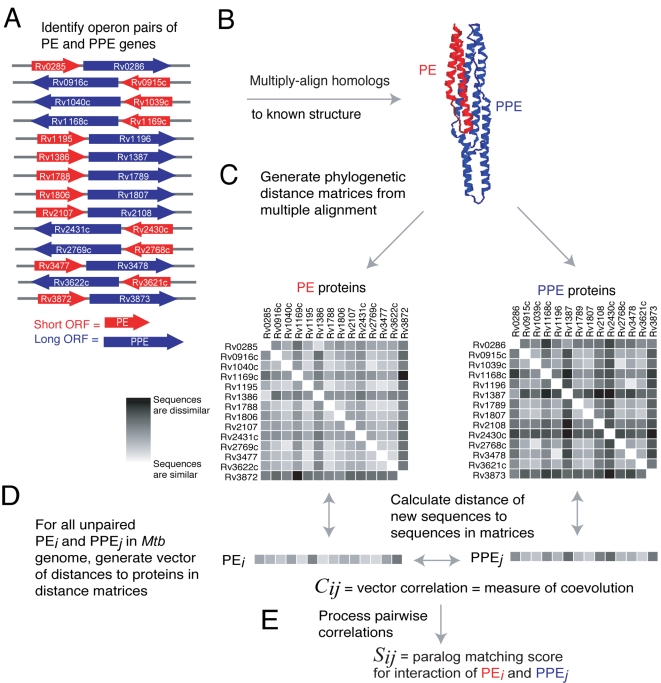Figure 1. Overview of method for prediction of PE/PPE complexes.
(A) PE/PPE operon pairs are identified. (B) Protein sequences of PE/PPE operon pairs are aligned to the known PE/PPE structure [13]. (C) Phylogenetic distance matrices for operon pairs are generated from the multiple alignments. (D) Coevolution of all genomewide PE/PPE pairs is evaluated by comparing distance vectors of length 14, consisting of the sequence distances between each protein and its 14 homologs in the PE or PPE reference matrix. (E) Coevolution correlations are further processed to generate predicted PE/PPE complexes.

